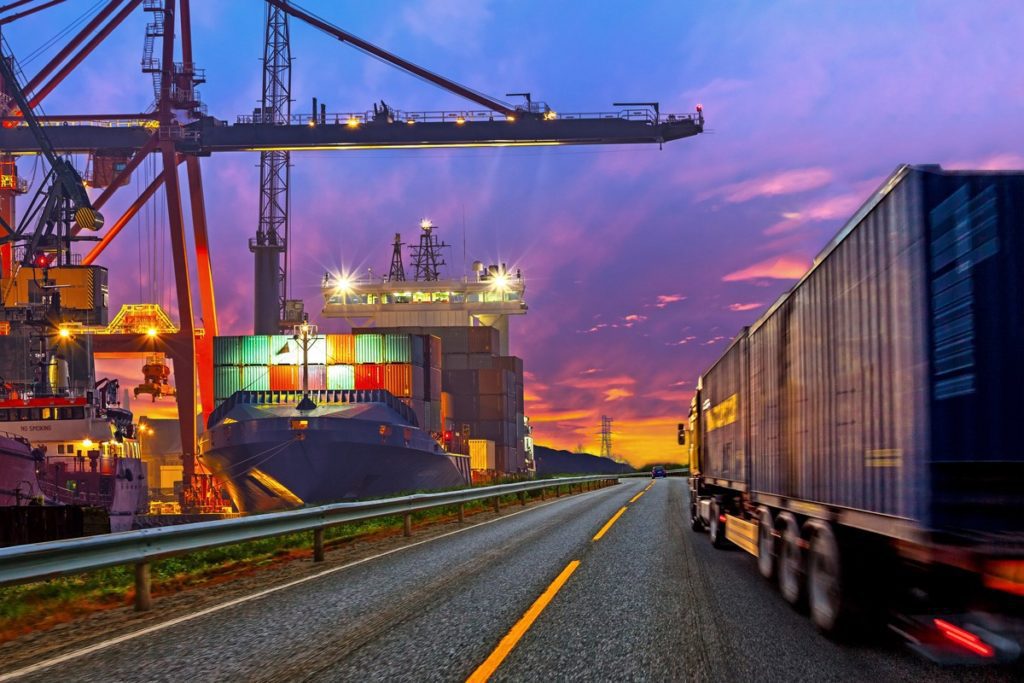 Written by James Johnson
Written by James Johnson
Historically, insurance companies offered Ocean Marine insurance to protect owners from loss of cargo during international voyages by sea. In the 19th century, the Industrial Revolution gave rise to new types of property called “exposures on land”. Exposures on land were considered things like telegraphs, railroad equipment, and other types of property with which the fire insurance companies were unfamiliar with. People and businesses started shipping cargo beyond major ports and cities. They needed protection in case these goods were lost while being shipped by land as well. This is where the term “Inland Marine Insurance” originated. Inland Marine Insurance covered property as it was shipped beyond the ports to cities and the frontier.
Simply put, inland marine coverage is mainly defined as property insurance for property in transit mainly over land. The category of insurance does include several other types of coverage, but for our purposes in this article, we are going to use this definition and discuss these types of risks.
If you are a contractor and have a bobcat, a trucker that hauls cargo, or a homeowner that has expensive jewelry, you should have an inland marine policy. As I discuss inland marine coverages with clients, I ask them to think of inland marine as property that travels. Meaning, if I have property that I am legally responsible for, whether I own it or am contractually responsible for the value of it, I need to have insurance for it in the event of a loss.
Let me share a claim. I once had a client that had an employee in a terrible auto accident. The auto insurance replaced the vehicle with like quality, but in the back of the van there were many tools that the employee used in their work as an air conditioning technician. In this case, the insurance adjustor could even see parts of the tools in the wreckage. Rather than spend time and money to cut the crumpled van apart, the insurance company paid the business owner to replace the tools on the inventory list for the van. This was an inland marine claim. The tools or equipment were covered under an inland marine policy.
Other categories of inland marine coverage are: rented and leased equipment, fine arts coverage, builders risk or course of construction, jewelers block, transit coverage, tool and die floater, ocean marine and installation floater. This is not even a complete list of subtopics for this category of insurance.
Just know that if you leave your office to work, or you have property that is not secured in your office most of the time, you likely have an inland marine exposure.
